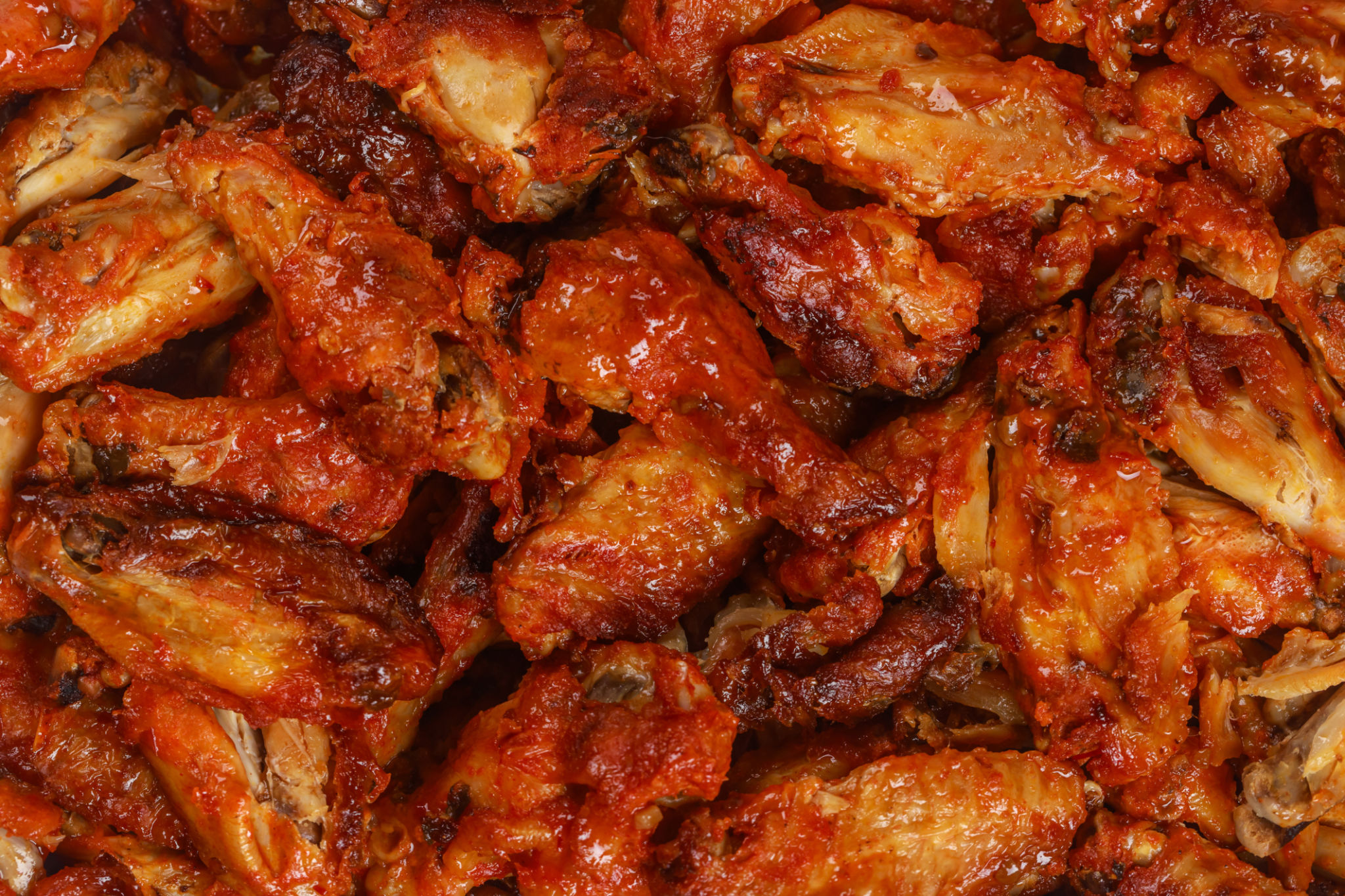Myths and Facts About Traditional American Dishes: Debunking Common Misconceptions
Introduction to Traditional American Dishes
Traditional American cuisine is a melting pot of flavors, influenced by a diverse range of cultures and regions. However, with this rich history comes a host of myths and misconceptions that often cloud our understanding of these classic dishes. In this blog post, we aim to debunk some of the most common myths associated with traditional American foods and uncover the facts behind them.
The Hamburger: A German Import?
One of the most pervasive myths is that the hamburger is an entirely American invention. While it is true that the hamburger has become a symbol of American fast food, its origins can be traced back to Germany. The concept of minced beef patties was brought to America by German immigrants in the 19th century. Over time, it evolved into the iconic American dish we know today, featuring a patty nestled between soft buns and topped with various condiments.

Apple Pie: As American as It Gets?
The saying "as American as apple pie" suggests that apple pie is uniquely American. However, this beloved dessert actually has European roots. Pies filled with apples were being made in England long before they made their way to America. The dish gained popularity in the United States due to its simplicity and the abundance of apples, eventually becoming a staple in American culture.
What's truly American about apple pie is how it became a symbol of home and comfort, often associated with holidays and family gatherings. Its status as an American classic is more about cultural significance than its origins.
The Truth About Buffalo Wings
Buffalo wings are a favorite snack for many, especially during sports events. A common myth is that buffalo wings are made from buffalo meat. In reality, these spicy chicken wings originated in Buffalo, New York. The dish was created in the 1960s at the Anchor Bar by Teressa Bellissimo, who served them with celery and blue cheese dressing.

Thanksgiving Turkey: A Pilgrim Tradition?
Thanksgiving is synonymous with turkey, but the idea that Pilgrims and Native Americans feasted on turkey during the first Thanksgiving is more myth than fact. Historical records suggest that venison and other fowl were more likely on the menu. The turkey became central to Thanksgiving celebrations much later as it was a readily available and affordable option for large gatherings.
Today, turkey is an integral part of Thanksgiving traditions in the United States, symbolizing abundance and gratitude.
New England Clam Chowder: A Native American Creation?
Another misconception is that New England clam chowder has Native American origins. While Native Americans did consume clams and other shellfish, the creamy chowder we know today was developed by early settlers in New England. They combined ingredients like salt pork, potatoes, and clams to create a hearty dish suited for harsh winters.

Conclusion: Celebrating Diversity in American Cuisine
Understanding the true origins of traditional American dishes allows us to appreciate the diverse cultural influences that have shaped them. These foods tell stories of adaptation and innovation, reflecting the unique tapestry of American history. As we enjoy these delicious dishes, let's celebrate their rich backgrounds and acknowledge the global contributions that have made them what they are today.